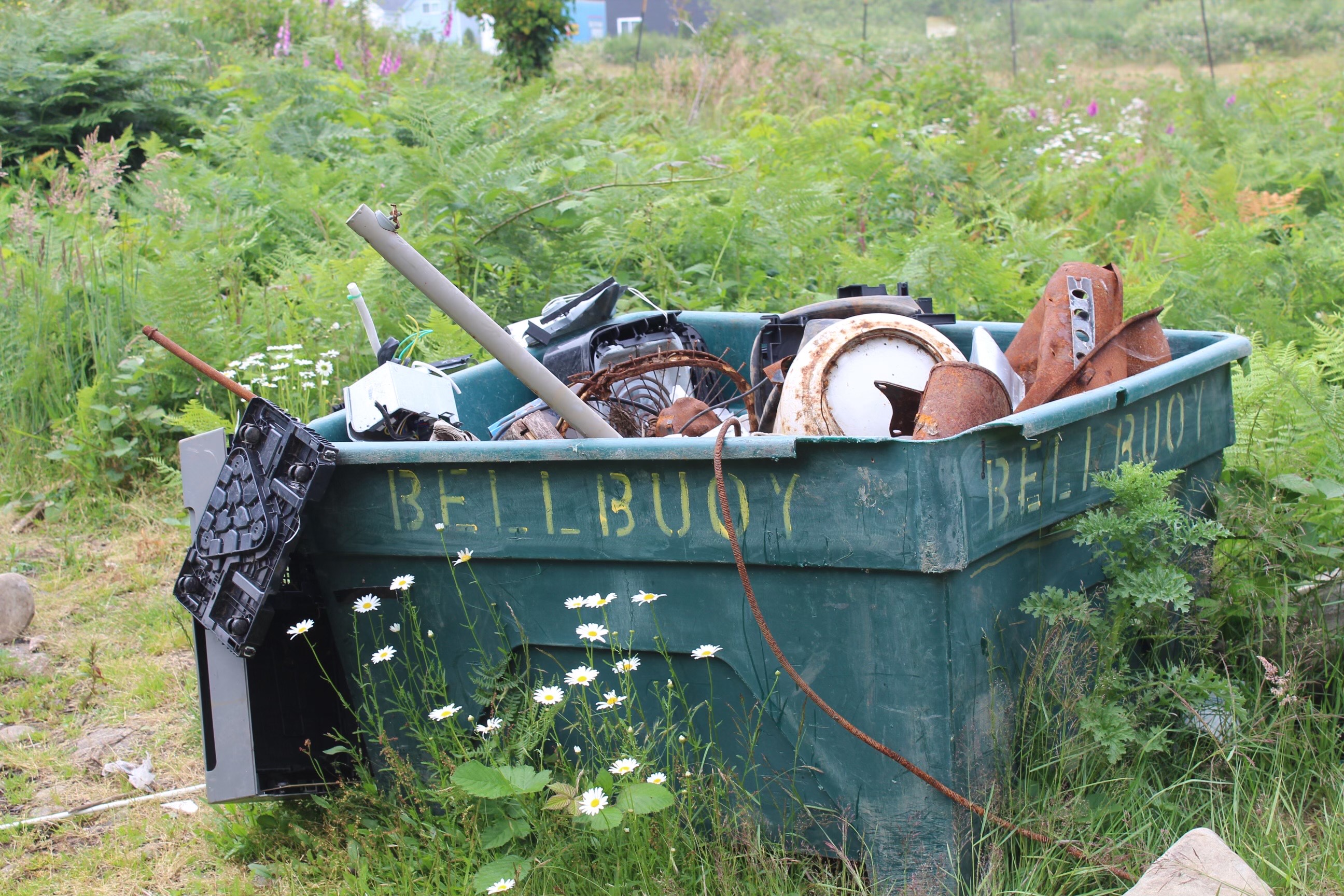From the editor’s desk
Published 8:00 am Saturday, December 16, 2023

- The Astoria City Council has indicated support for an idea by Friends of Heritage Square for a public gathering space at the downtown block.
Thank you for your interest in reading The Astorian. Here are a few stories that you might have missed this week:
•••
As Astoria looks to partner with a group of residents to create a public gathering space at the empty pit at Heritage Square, the process so far stands in contrast to the last two significant efforts to redevelop the downtown block.
There was unanimous consensus among the City Council this month to form a work group to draft a partnership agreement between the city and Friends of Heritage Square. The group envisions an amphitheater, plaza, pavilion and parking lot for the block stretching from the Garden of Surging Waves to the corner of 12th and Duane streets.
First presented to the City Council as a concept in May, the group followed up with two public discussions at Fort George Brewery’s Lovell Showroom to gather feedback and shape a vision for the project.
After the second meeting, the group, which formed last year in opposition to a workforce housing project at Heritage Square, asked the City Council to formalize a partnership through a memorandum of understanding.
Mayor Sean Fitzpatrick, who suggested the work group, said the agreement would outline the roles of the city and the group and identify interests and goals. Once the framework for a partnership is drafted, the mayor said, it should go before the City Council for approval.
Fitzpatrick recommended that the work group include himself, City Councilor Elisabeth Adams, who represents downtown, city staff and Friends of Heritage Square.
While the process is still in the early stages, the city’s direction on Heritage Square is a departure from the track taken by previous city councils since the Garden of Surging Waves celebrating Chinese heritage in Astoria debuted in 2014.
See the story by Nicole Bales by clicking here.
•••
Cannon Beach’s lifeguard program was days away from starting the regular season in late May when four teenagers were pulled into sea near Tolovana Beach State Recreation Site.
Two made it out of the water on their own and a third was saved by a rescue swimmer. Jacob Stokes, a senior at Mountainside High School in Beaverton, did not make it out and was presumed to have drowned.
Jason Smith, the deputy fire chief of the Cannon Beach Rural Fire Protection District, believes the death was preventable.
“That one, if we had the tower up, we had the guards on, it would not have been a fatality. It may have been a water rescue,” Smith, who also serves as the head lifeguard, said during a City Council work session on Tuesday. “But I would like to believe that it would not have been a fatality because our tower would have seen this group of four teenagers enter in at Tolovana.”
The other guards, he said, would have already known a rip current was forming and begun heading in that direction. If the teenagers needed to be rescued, he said the lifeguards would have been there and there would not have been a delay.
Smith used the example while presenting a proposal to the City Council to expand the city’s lifeguard program.
Read the story by Nicole Bales by clicking here.
•••
After months of delays, the Oregon Department of Forestry has released new timber revenue projections over the life of a proposed habitat conservation plan. While the outlook improved for some counties, Clatsop County is estimated to see annual losses in line with what local leaders anticipated.
The 70-year plan, which has been years in the making and is nearing completion, would designate protected habitat areas across nearly 640,000 acres of state forests — mostly in Clatsop and Tillamook counties — to keep the state in compliance with the federal Endangered Species Act.
Clatsop County and timber industry leaders have pressed the state for more balance, arguing that the plan goes further than it needs to protect habitat. They have also said that reductions in logging will have major ramifications in communities that depend on revenue earned from logging state forests.
County leaders projected a 35% reduction in timber revenue because of the plan, which they said could result in an annual loss of nearly $8.5 million to the county and local taxing districts.
The new modeling by the state estimates a similar annual loss with a 70-year average annual net revenue between $13.6 million and $15.1 million. The county’s average annual timber revenue over five years was $23.3 million, according to the Council of Forest Trust Land Counties annual report for 2022.
Clatsop County stands to be the most impacted county financially, followed by Washington County.
Take a look at the report by Nicole Bales by clicking here.
•••
We invite you to help sustain local journalism on the North Coast. Please consider subscribing. We have several options available at: www.dailyastorian.com/subscribe-now/
— Derrick DePledge









